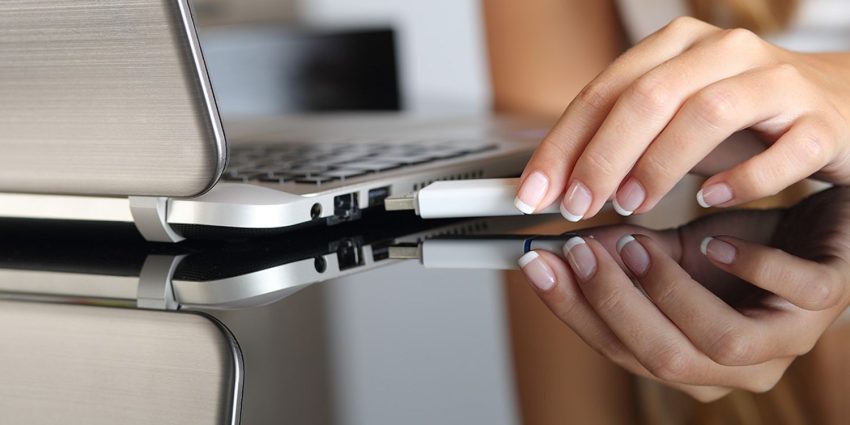Transmitting substantial files to a Pendrive can be an uncomplicated procedure, but there are several factors to contemplate, such as file size, Pendrive capacity, and file system compatibility. This guide will lead you through the diverse methods and procedures involved.
Why can’t I duplicate large files to my Pendrive?
Common explanations for being unable to duplicate large files to your Pendrive:
File system restrictions: Most Pendrives default to FAT32, which has a 4GB file size limitation.
Insufficient storage: Verify that your Pendrive has adequate free space for the file.
Write protection: Confirm if the Pendrive is write-protected.
Pendrive malfunction: If the problem continues, the Pendrive may be defective.
How do You Transfer Files Exceeding 4GB to Pendrive?
Method 1: Direct Copy (For Files Smaller Than 4GB or Pendrive Formatted as NTFS or exFAT)
If your file is less than 4GB or your Pendrive is formatted as NTFS or exFAT, you can directly duplicate the file to the Pendrive. Here’s the procedure:
Connect the Pendrive: Insert your Pendrive into a compatible port on your computer.
Locate the file: Identify the file you wish to transmit on your computer.
Copy and paste: Right-click on the file, choose “Copy,” then navigate to your Pendrive and paste the file.
Verify: After the transfer is complete, check the Pendrive to confirm the file is present and intact.
Method 2: Formatting the Pendrive (For Files Larger Than 4GB)
If you’re handling a file exceeding 4GB and your Pendrive is formatted as FAT32, you will need to reformat it to NTFS or exFAT. Here’s how:
Caution: Reformatting a Pendrive will erase all data on it. Back up any essential files before proceeding.
Connect the Pendrive: Insert your Pendrive into your computer.
Open Disk Management: Press Windows + R, type “diskmgmt. msc,” and press Enter.
Locate the Pendrive: Recognize the Pendrive in the Disk Management window.
Format the drive: Right-click on the Pendrive and select “Format. ”
Choose file system: Select NTFS or exFAT as the file system.
Initiate format: Click “Start” to commence the formatting process.
Copy file: Once the format is complete, you can copy the large file to the Pendrive as outlined in Method 1.
Method 3: Utilizing File Compression Software (For Large Files or Slow Transfer Speeds)
Compressing large files can diminish their size and enhance transfer speeds. Here’s how:
Compress the file: Utilize compression software such as WinRAR or 7-Zip to create a compressed archive of the file.
Copy the archive: Transfer the compressed file to the Pendrive using the methods described above.
Extract the file: On the target device, use the appropriate software to extract the file from the archive.
Additional Recommendations
Check Pendrive condition: Ensure your Pendrive is operating correctly to prevent data loss.
Use dependable Pendrives: Choose reputable brands to decrease the risk of hardware failures.
Verify data integrity: After transferring the file, check its contents to ensure it’s complete and accurate.
Contemplate cloud storage: For exceptionally large files, contemplate utilizing cloud storage solutions such as Google Drive or Dropbox for more convenient sharing and accessibility.
By adhering to these measures and contemplating the factors outlined above, you can effectively transfer substantial files to your Pendrive.
